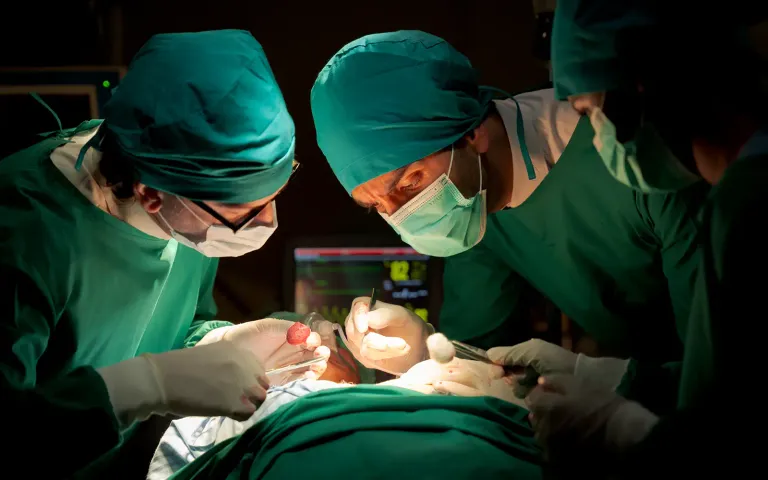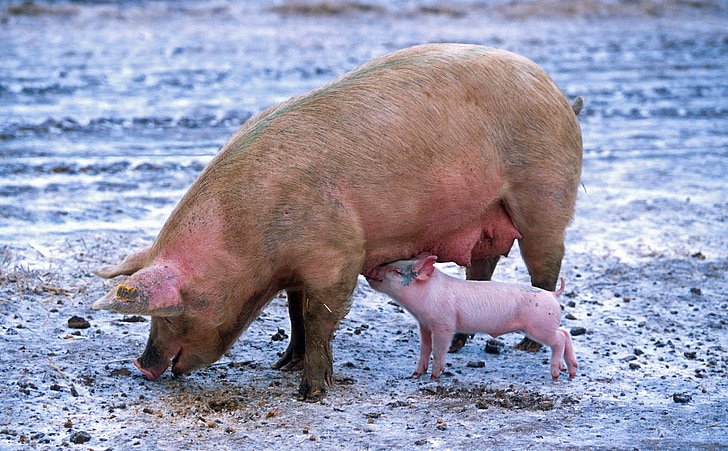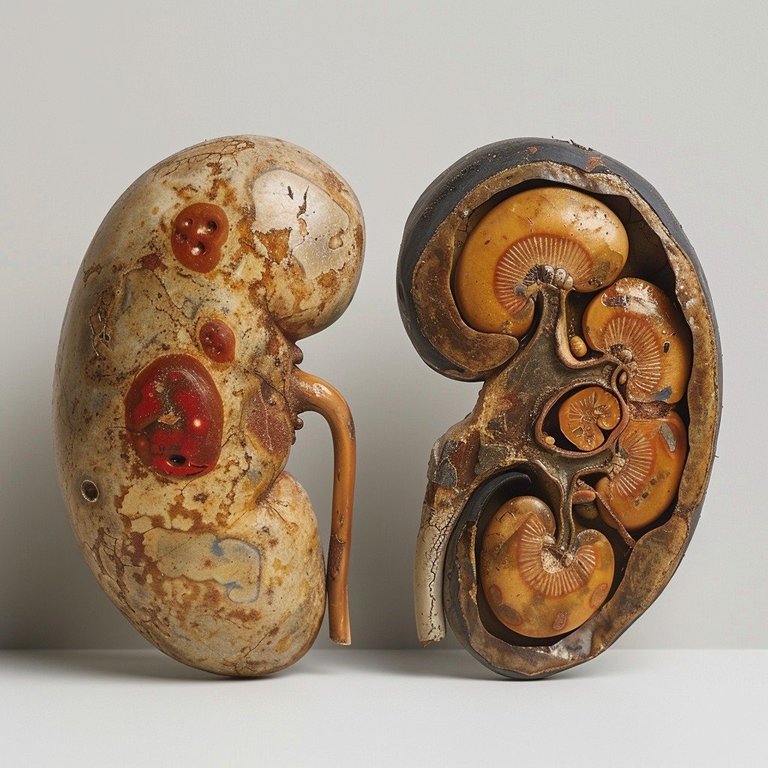I couldn’t find a precise amount for the number of people that die from waiting for organ transplant in Nigeria and this is because we aren’t there yet when it comes to data documentation and storage but there are about 12 people who die daily waiting for organ transplant in the United States and even thiugh we have almost 2 deaths for one birth, it looks like we arenot anywhere close when it comes to organ donation and meeting the demand for organs needed for transplant especially the kidney.
When we have problems like this, scientists do their best to find solutions to them and this time they are trying to grow human organs in animals. A group of scientists are trying to grow human kidneys in pigs and this has caught a lot of attention and it has even raised both technical and ethical questions to it.
While we expect to have lots of organs available for organ transplant, the amount of organs we see is far less because while we might experience mortality, not everyone signs up to be an organ donor and everyone have their beliefs and they just hold on to them. Also people who decide to donate might not die in a way that their organs might still be useful and it is unethical and wrong to start to butcher a person who isn’t dead because you want to save their organs from going to a waste, and so the pigs came into the picture.
In 2023, researchers used stem cells from human umbilical cord blood to grow both human and pig kidneys in their embryos. Their result was published on September of the same year. Some other researchers are making use of pig kidneys to save human lives known as xenotransplantation although this has been for decades and it has been advancing over the years but the 2023 research is a new one and we should discuss it.
Human cells have been grown in mice, and humanoid tissues like cartilage has been grown in animals such as pigs. Why pigs? Non-human primates would have been a better choice since their are closer to us in genetics but for ethical reasons, this is not an option so we are going with pigs.
Pigs are relatively similar in size woth humans with our organs arranged in the same way. The closely genetical related an organism is the easier it would be able to grow organs side by side without fear of rejection. While we are genetically close to mice, size is a big problem and this leaves us with pigs, even when our genetics do not agree to grow together most times because of cases such as rate of development of organs and embryo, which is faster in pigs than in humans but the researchers were able to grow a chimeric human-pig kidney that has human cells in them as it outcompete the pig cells as it grows.
https://www.freemalaysiatoday.com
While these worked, for ethical reasons they are going to be terminating the experiments at fetal development. They were able to perform this research using induced pluripotent stem cells (IPSC). The researcher created a suitable host niche where they had to grow the stem cells first before introducing to the pig stem cells where their stem cells would grow normally. The scientists also associated two genes for cellular survival to keep the stem cells together.
They took the human stem cells and programmed them to produce kidneys and then took the pig stem cells and programmed them not to produce kidneys, amd so joined them together. When the pigs got pregnant, they took the embryo kidney cells and realized that it was made upnof half humans and half pig cells although critics have come out to say that the proportion of human cells are still low.
Although they saw success, it was only a few implanted embryos that survive which means that the research is not close to successful or ready for human use but with this, a lot has been learned and needs to be learned about regenerative medicine. Well this is very new and since we are in the world of modern medicine, a lot of unethical practices that werr done in the past would be avoided and this is why the researches are still terminated during fetal development because just like we will not want a human to suffer pain, so are we for pigs and other animals. Also, we will need more reaearch to be done because while I am not an expert, half human and half pig cells are still low.
Read More
- https://www.cell.com/cell-stem-cell/fulltext/S1934-5909(23)00286-2
- https://www.nejm.org/doi/full/10.1056/NEJMoa2120238
- https://pmc.ncbi.nlm.nih.gov/articles/PMC4020242/
- https://dspace.mit.edu/bitstream/handle/1721.1/117136/Wu%20et%20al%5b1%5d.pdf
- https://www.organdonor.gov/learn/organ-donation-statistics
- https://pmc.ncbi.nlm.nih.gov/articles/PMC3246856/
- https://www.cell.com/fulltext/S0092-8674(06)00976-7
- https://www.thehastingscenter.org/xenotransplantation-three-areas-of-concern/


Sending Love and Ecency Curation Vote!
 To earn 100% daily curation rewards in Hive + 10% of your delegation each day in Ecency Points and if you write well, you might even get curated!
To earn 100% daily curation rewards in Hive + 10% of your delegation each day in Ecency Points and if you write well, you might even get curated!
Thanks for your contribution to the STEMsocial community. Feel free to join us on discord to get to know the rest of us!
Please consider delegating to the @stemsocial account (85% of the curation rewards are returned).
Thanks for including @stemsocial as a beneficiary, which gives you stronger support.